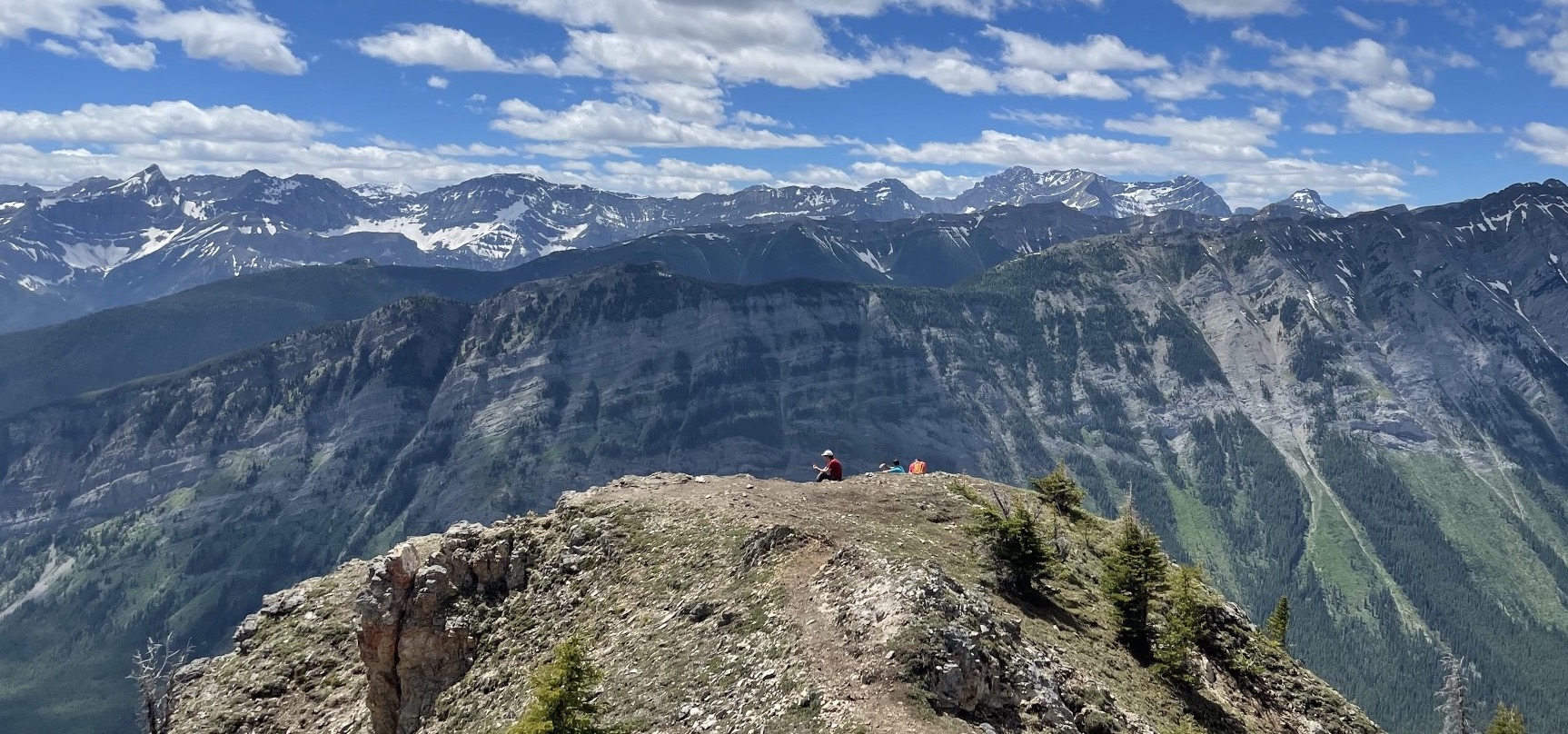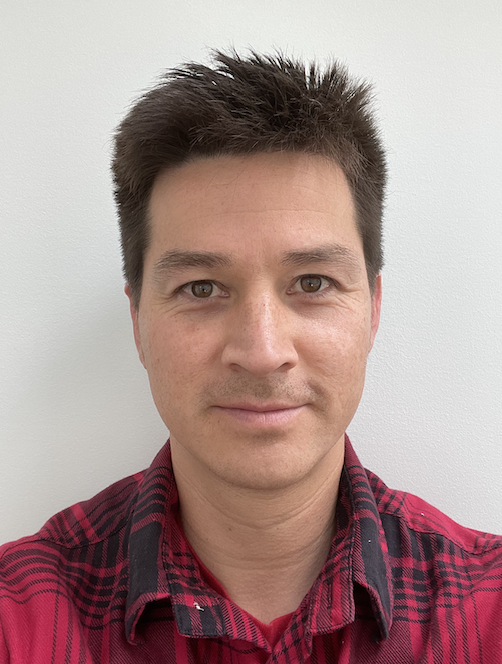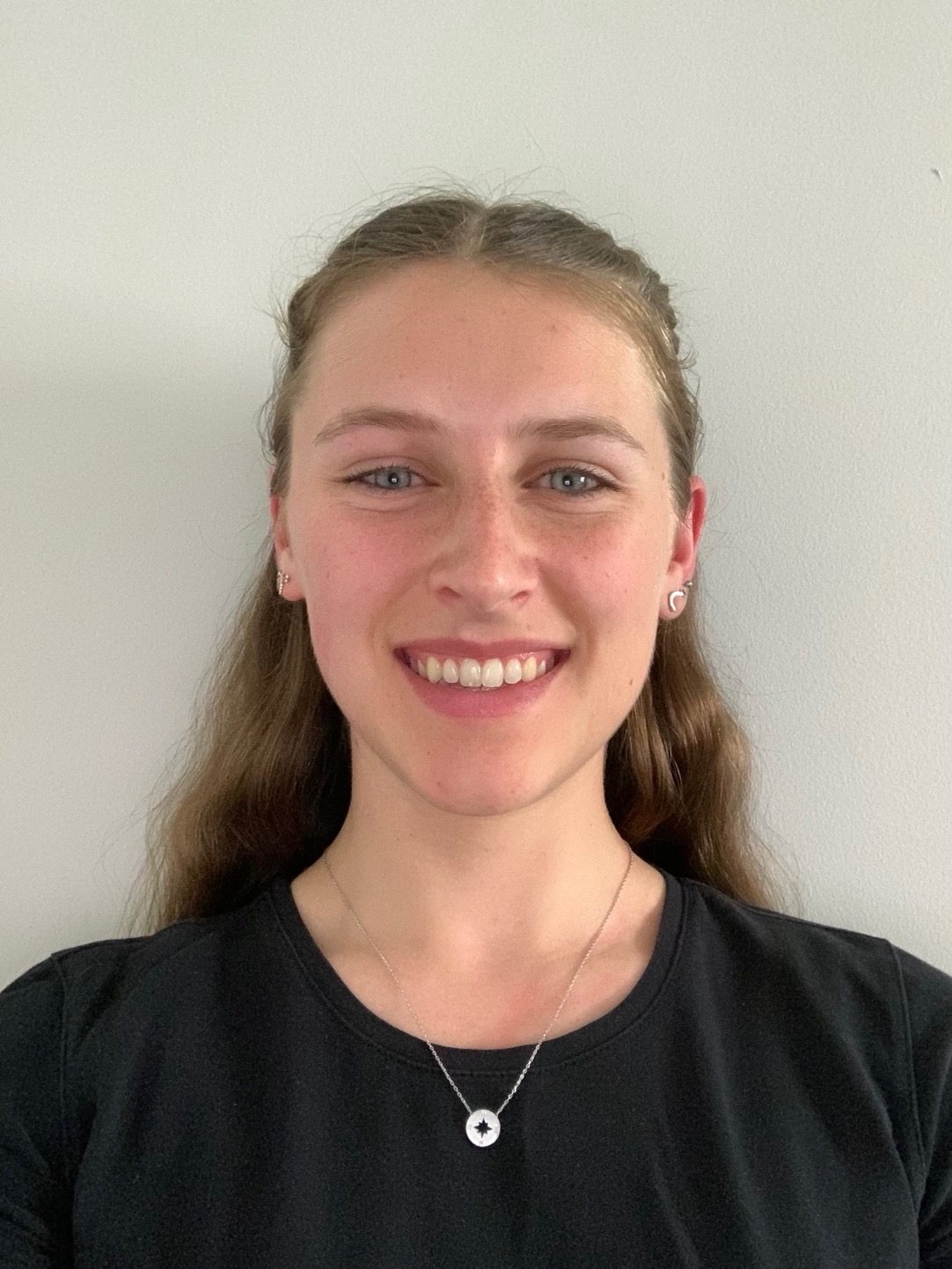
I am a new Adjunct Professor in the Faculty of Kinesiology at the University of Calgary in Calgary, Canada. I have a joint appointment in Biomedical Engineering.
My research focus is to understand how the nervous system learns and adapts movements. We tend to use an optimization framework to test how quantities such as energy, movement duration, and movement accuracy predict a person's preferred behaviour.
In the above image, a scientist walks at their preferred speed while gazing accurately at their phone.
I am looking for interested MSc and PhD students to co-supervise at U Calgary!
Members

Jessica Ho
KNES 566
Alumni
Join
I am looking for interested MSc and PhD students to join my lab. Prospective students should send their- CV
- (unofficial) university transcript
- brief description of any prior research experience
The Human Performance Lab at the University of Calgary is truly one of the best places to do research in Neuromechanics, for two reasons. First, the faculty members studying the mechanisms underlying human motor control are outstanding researchers in their field. Second, the environment is highly-intergrative: the offices of all graduate students are situated nearby, in the same hallway; and all equipment is shared amongst members of the HPL. At the HPL, one's research questions are not contrained by available equipment.
Code
Our Bitbucket for kinarm data analysis, and models of locomotion and reaching.
Learning
For studying biological motor control, here are some (third-party, unsolicited) links to some resources I found useful and inspiring. These tiny blurbs are merely advertisements for some things to learn, and do not do justice to all the interesting things one could learn from them.
- Andy Ruina
Mechanics. Many videos and maybe the best undergrad dynamics textbook - Art Kuo
Structure in science. Day-to-day scientific musings in motor control research: twitter - Mitra Hartmann
Sensorimotor neuroscience and control of whisking. Amazingly-perfect question answerer in talks (no youtube. Don't miss the opportunity). (Northwestern) - Jane Wang
Insect flight from fluid dynamics to genes. Top to bottom science. (Cornell) - Russ Tedrake
Optimization for nonlinear, underactuated control. Amazing open-access courses, incl. Underactuated Robotics (youtube) - Katie Byl
Unique robotics approaches. Trajectory optimization, DeepRL, and MIT blackjack. (UCSB) - Karen Liu
Ridiculously impressive simulations of elite athletics. CMA optimization. (Stanford) - Jonathan Matthis
Human movement animations, open-source mocap: (Humon Northeastern) - Pranav Bhounsule
Robotics, many helpful tutorials incl. mujoco: (Illinois) - Chris Olah
Visualization. Teaching, neural network representations: site - Stephen Boyd
Convex optimization. Many good courses online, incl. linear dynamical systems course (youtube)
Papers
Google Scholar
- Wong JD, Cluff T, Kuo AD (2021). The energetic basis for smooth reaching movements. eLife: e68013.
- Simha SN, Wong JD, Selinger JC, Abram SJ, Donelan JM (2021). Increasing the gradient of energetic cost does not initiate adaptation in human walking. Journal of Neurophysiology. 126(2): 440-450.
- Wong JD, Selinger JC, O’Connor SM, Donelan JM (2019). Does variability in overground walking drive the spontaneous minimization of energetic cost? Journal of Neurophysiology. 121(5): 1848-1855.
- Selinger JC, Wong JD, Simha SN, Donelan JM (2019). How people initiate energy optimization and converge on their optimal gaits. Journal of Experimental Biology. 222(19): 222 (19), jeb198234
- Simha, SN, Wong JD, Selinger JC, Donelan, JM (2019). A Mechatronic System for Studying Energy Optimization During Walking. IEEE Transactions on Neural Systems and Rehabilitation Engineering. 27(7), 1416-1425.
- Wong JD, O’Connor SM, Selinger JC, Donelan JM (2017). Contribution of blood oxygen and carbon dioxide sensing to the energetic optimization of human walking. Journal of Neurophysiology. 118(2): 1425-1433.
- O'Connor SM, Wong JD, Donelan JM (2016). A generalized method for controlling end-tidal respiratory gases during non-steady physiological conditions. Journal of Applied Physiology. 121(6): 1247-1262.
- Wong JD, Bobbert MF, van Soest AJ, Gribble PL, Kistemaker DA (2016). Optimizing the Distribution of Leg Muscles for Vertical Jumping. PLOS ONE. 11(2):e0150019.
- Selinger JC, O’Connor SM, Wong JD, Donelan JM (2015). Humans can continuously optimize energetic cost during walking. Current Biology. 25(18):2452-2456.
- Chapman CS, Gallivan JP, Wong JD, Wispinski NJ, Enns JT (2015). The snooze of lose: rapid reaching reveals that losses are processed more slowly than gains. Journal of Experimental Psychology: general. 144(4):844-863.
- Wong JD, Wilson ET, Kistemaker DA, Gribble PL (2014). Bimanual proprioception: are two hands better than one? Journal of Neurophysiology. 111(6):1362-1368.
- Kistemaker DA, Wong JD, Gribble PL (2014). The cost of moving optimally: kinematic path selection. Journal of Neurophysiology. 112(8):1815-1824.
- Buckingham G, Wong JD, Tang M, Gribble PL, Goodale MA (2014). Observing object lifting errors modulates cortico-spinal excitability and improves object lifting performance. Cortex. Jan;50:115-124.
- Kistemaker DA, Van Soest AJ, Wong JD, Kurtzer I, Gribble PL (2013). Control of position and movement is simplified by combined muscle spindle and Golgi tendon organ feedback. Journal of Neurophysiology. 109(4):1126-1139.
- Wong JD, Kistemaker DA, Chin, AA, Gribble, PL (2012). Can proprioceptive training improve motor learning? Journal of Neurophysiology. 108(12):3313-3321.
- Wong JD, Wilson ET, Gribble PL (2011). Spatially selective enhancement of proprioceptive acuity following motor learning. Journal of Neurophysiology. 105(5): 2512-2521
- Kistemaker DA, Wong JD, Gribble PL (2010). The central nervous system does not minimize energy cost in arm movements. Journal of Neurophysiology. 104(6): 2985-2994
- Wilson ET, Wong JD, Gribble PL (2010). Mapping proprioception across a 2D horizontal workspace. PLOS ONE. 5(7): e11851
- Ostry DJ, Darainy M, Mattar AA, Wong J, Gribble PL (2010). Somatosensory plasticity and motor learning. Journal of Neuroscience. 14; 30(15):5384-5393.
- Cothros N, Wong J, Gribble PL (2009). Visual cues signaling object grasp reduce interference in motor learning. Journal of Neurophysiology. 102(4): 2112-2120.
- Wong J, Wilson ET, Malfait N, Gribble PL (2009). Limb stiffness is modulated with spatial accuracy requirements during movement in the absence of destabilizing forces. Journal of Neurophysiology. 101(3): 1542-1549.
- Wong J, Wilson ET, Malfait N, Gribble, PL (2009). The Influence of visual perturbations on the neural control of limb stiffness. Journal of Neurophysiology. 101(1): 246-257.
- Cothros N, Wong JD, Gribble, PL (2007). Distinct Haptic Cues Do Not Reduce Interference When Learning to Reach in Multiple Force Fields. PLOS ONE. 3(4): e1990.
- Cothros N, Wong JD, Gribble, PL (2006). Are there Distinct Neural Representations of Object and Limb Dynamics? Experimental Brain Research. 173(4): 689-697.
This site was built from Skeleton. Copyright (c) 2011-2014 Dave Gamache.





